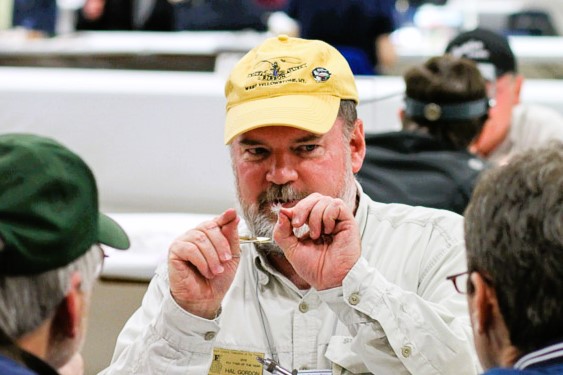Saturday, February 17th Fly Tying Demo Features Hal Gordon

Doing What Comes Naturally
Retired Agricultural Economist with the Natural Resource Conservation Service, Hal has worked on fish, wildlife, and conservation issues in the 13 western states. A Fly tyer/fisher for over 50 years, he has taught numerous trout, steelhead and classic Atlantic salmon fly tying classes. Hal is a Life Member of the Fly Fishers International, Trout Unlimited and an elected board member of the FFI Fly Tyers Group. He is the Tyer Chair for the Oregon Fly Tyer Expo, the Pacific NW Fly Tyers Rendezvous, and is assisting in the 2024 East Idaho Fly Tying and Fly Fishing Expo. Hal was awarded the FFI Oregon Flyfisher of the Year 2018 and Fly Tyer of the Year 2010. He lives in St Anthony and fishes the Henry’s Fork area at least two days a week. During his Fly Fish Food-Jimmy’s demo, Hal will offer his favorite patterns for the upper Henry’s Fork Harriman State Park reach of the Henry’s Fork.


